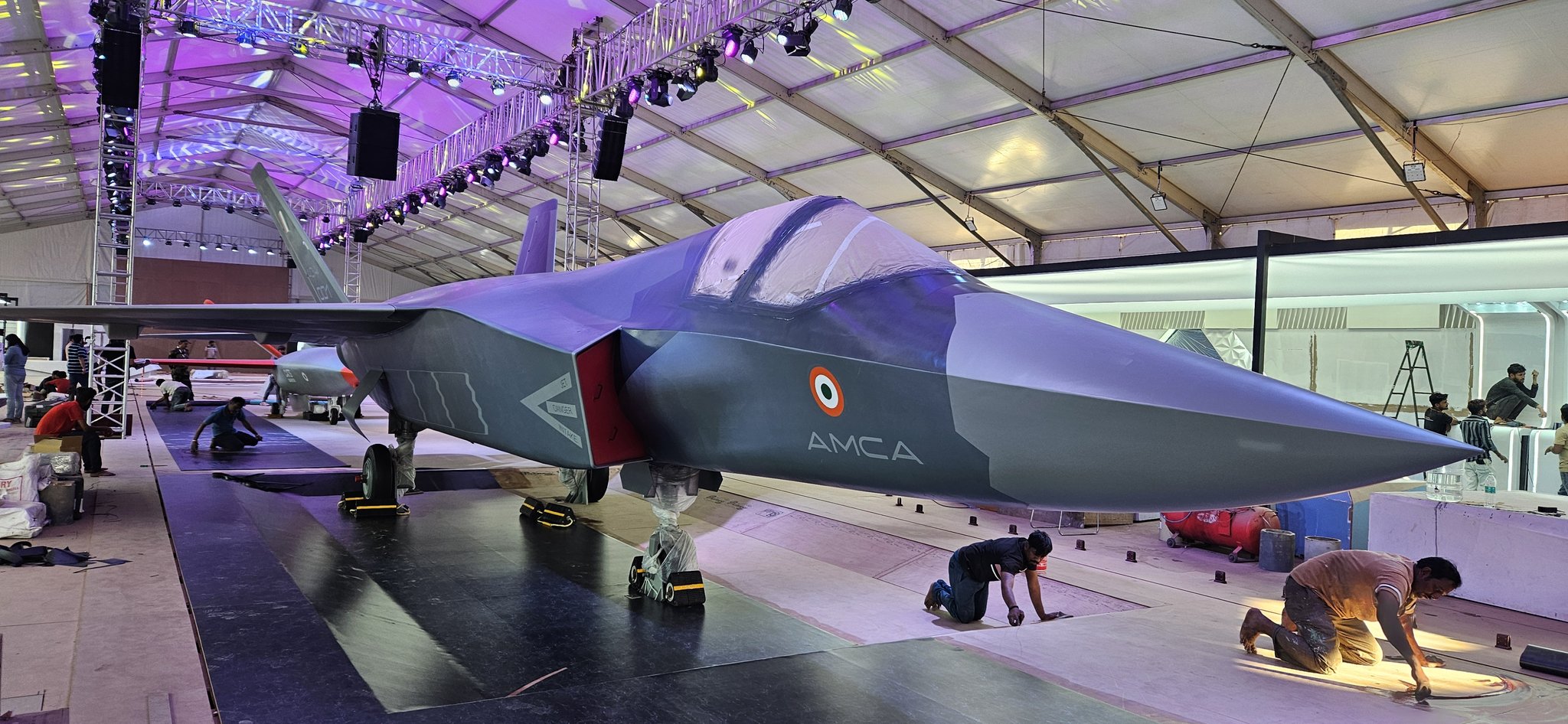SOURCE: RAUNAK KUNDE / NEWS BEAT / IDRW.ORG


In a significant boost to India’s indigenous aerospace capabilities, the Gas Turbine Research Establishment (GTRE) has attracted interest from 25 companies keen to collaborate on the development of a new engine, according to insights shared with idrw.org. This interest is driven by GTRE’s upcoming partnership with foreign Original Equipment Manufacturers (OEMs) to develop an advanced engine for the AMCA program.
The enthusiasm from these companies stems from their extensive experience in handling high-temperature materials, a critical aspect of modern jet engine technology. Many of these companies have a long history of serving as supply partners for international aerospace engine manufacturers, which has equipped them with the necessary expertise and capabilities.
Continue readingSOURCE: AFI
In a significant milestone for India’s indigenous aerospace technology, the Advanced Medium Combat Aircraft (AMCA) 1:1 scale model has captivated the attention of enthusiasts and experts alike, going viral across the social media platform X after being showcased at Aero India 2025. The model, presented for the first time by the Aeronautical Development Agency (ADA) at the Hindustan Aeronautics Limited (HAL) Pavilion, represents a leap forward in India’s push towards self-reliance in defense technology.
The excitement around the AMCA model was ignited by images and posts from the event, particularly those shared by Vayu Aerospace Review on X. These posts highlighted the sheer size and intricate details of the model, drawing comparisons and commendations from both Indian and international observers. The model’s presence at Aero India 2025 has been seen as a bold statement of India’s ambition in aerospace, with several posts on X even suggesting that it might attract more visitors than other international aircraft exhibits, including the F-35 and Su-57.
Continue readingSOURCE: AFI
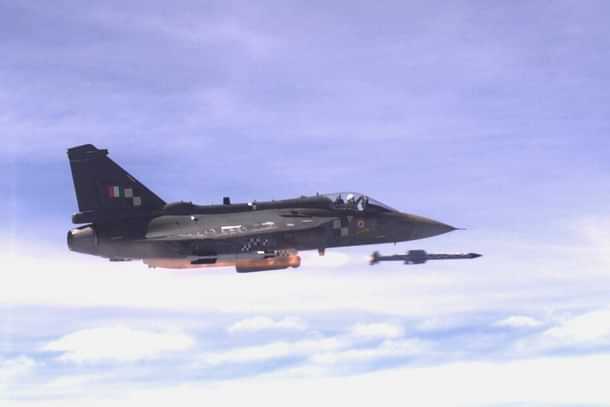

Hindustan Aeronautics Limited (HAL) has announced the successful completion of testing for the ELTA ELM 2052 Active Electronically Scanned Array (AESA) Radar on the Tejas Mk1A fighter jet. This significant milestone marks a step forward in enhancing the capabilities of India’s indigenous Light Combat Aircraft (LCA) program.
The ELTA ELM 2052 AESA Radar, known for its advanced performance in both air-to-air and air-to-ground roles, promises to significantly boost the operational effectiveness of the Tejas Mk1A. The radar’s integration was a complex process, requiring meticulous testing to ensure compatibility with the aircraft’s updated avionics and weapon systems.
Continue readingSOURCE: AFI
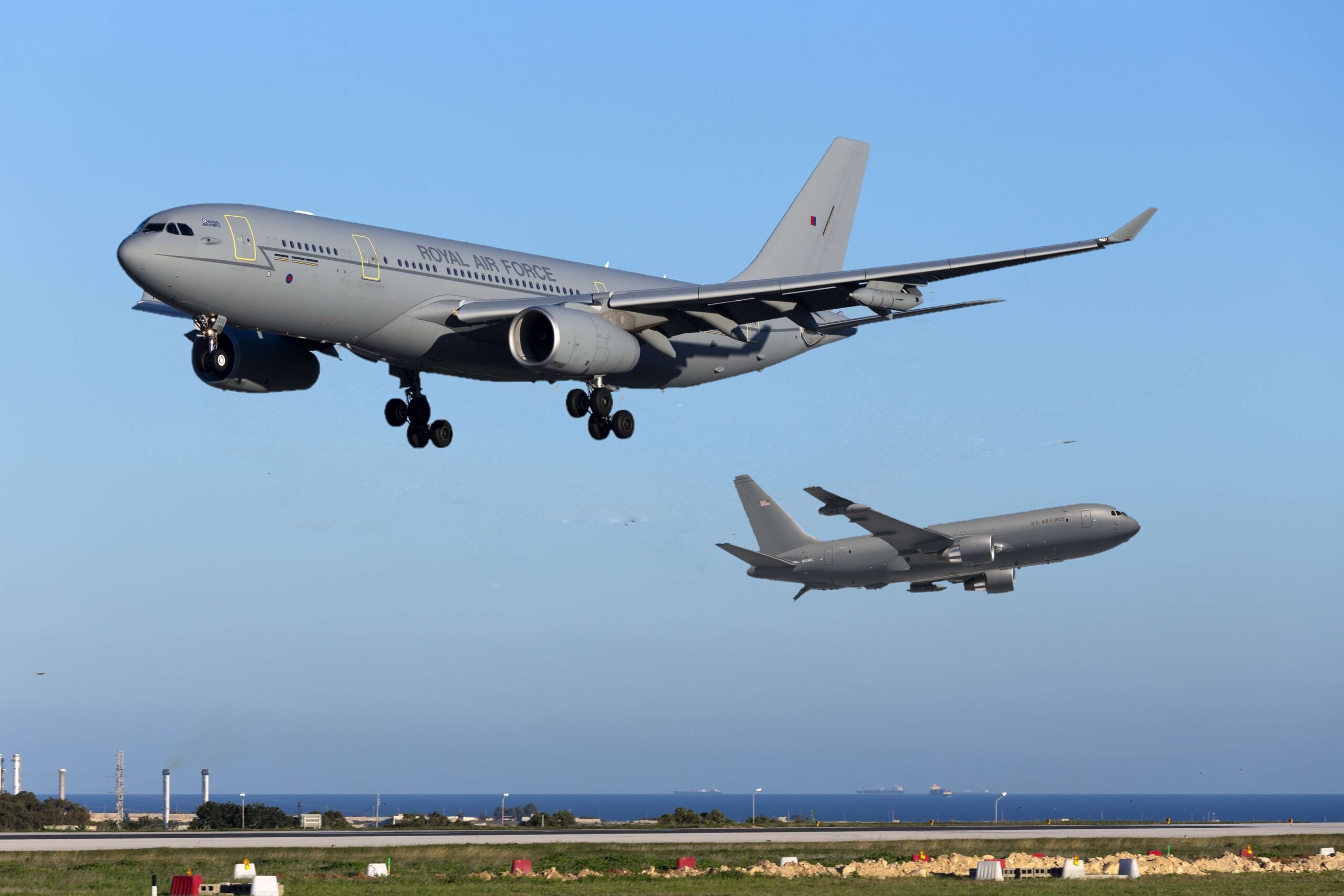

The competition for India’s aerial refueling capabilities has intensified at Aero India 2025, where Boeing has showcased its KC-46 Pegasus alongside Airbus’ A330 Multi-Role Tanker Transport (MRTT). Both aircraft are in the race to secure a significant tender from the Indian Air Force (IAF) for new aerial refueling platforms.
The Boeing KC-46 Pegasus, an evolution of the commercial Boeing 767, brings to the table advanced aerial refueling capabilities combined with strategic military transport features. Developed specifically for the U.S. Air Force, the KC-46 has now entered the international market, aiming to expand its operational footprint with nations like India seeking to modernize their aerial refueling fleets.
Continue readingSOURCE: IDRW.ORG


In a significant stride towards enhancing India’s aerial combat capabilities, Bengaluru-based NewSpace Research and Technologies (NRT) has revealed the full-fledged design of its Collaborative Combat Aircraft, named Abhimanyu. This unveiling marks a pivotal moment in India’s journey towards self-reliance in defense technology, particularly in the domain of unmanned aerial systems.
Abhimanyu is not just another drone; it is envisioned as a game-changer in tactical air warfare. The aircraft is designed to operate within a Manned-Unmanned Teaming (MUMT) framework, where it collaborates with manned aircraft to execute missions with greater efficiency and reduced risk to human pilots. Its design philosophy emphasizes cost-effectiveness, intelligence, expendability, and modularity, allowing it to adapt to various roles including Intelligence, Surveillance, Reconnaissance (ISR), kinetic attacks, decoys, and electronic warfare (EW).
Continue readingSOURCE: IDRW.ORG


The US-made Stryker armoured infantry combat vehicle, manufactured by General Dynamics, underwent rigorous testing in the high-altitude environment of Ladakh last September-October. The trials were part of an evaluation process to assess the vehicle’s suitability for operations in one of the most challenging terrains globally. According to media reports citing sources, the performance data and findings have now been forwarded to the Indian Army Headquarters for further review and action.
The trials, conducted at altitudes ranging between 13,000 and 18,000 feet, also included demonstrations of the Javelin Anti-Tank Guided Missile (ATGM) integrated with the Stryker. While the Stryker, with its double-V hull design, showed optimal performance under the harsh conditions, the Javelin missile system did not meet expectations fully. Sources indicate that the underperformance of the Javelin was attributed to the age or “vintage” of the system used during the trials.
Continue readingSOURCE: AFI


Hindustan Aeronautics Limited (HAL) has announced that it is poised to deliver three Tejas Mk1A fighters and four Tejas Mk1 Trainer aircraft to the Indian Air Force (IAF) as soon as the much-awaited GE F-404 engines arrive. The delivery of these engines is expected to commence in the next few days, marking a significant advancement in the Tejas program after a period of delays.
According to sources at idrw.org, HAL’s production line has been active, with three more Tejas Mk1A and five additional Mk1 Trainer aircraft currently in the fabrication stage. The readiness of these aircraft for delivery has been confirmed by HAL officials, who stated that the aircraft have either completed initial flight trials using older, reserved engines or are in the process of undergoing further tests.
Continue readingSOURCE: AFI
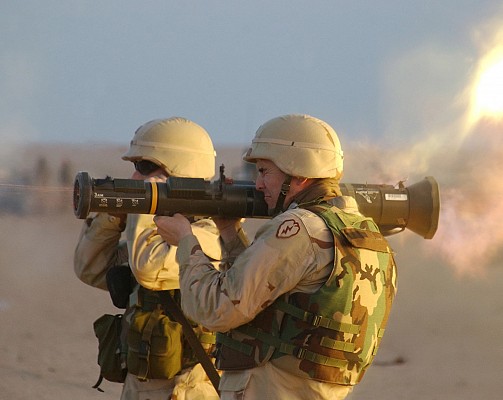

Swedish defense major Saab has successfully completed the delivery of its latest generation AT4 anti-armour weapons system to the Indian Armed Forces, just in time for Aero India 2025, which is scheduled to begin on Monday. The announcement was made by Mats Palmberg, Chairman and Managing Director of Saab India, during a press conference in New Delhi.
In 2022, Saab was awarded a significant contract by the Indian Army for the supply of the AT4, a system known for its lightweight, fully disposable, and man-portable design. This rocket launcher system, which does not require guidance, is versatile enough to be deployed by both the Indian Army and the Indian Air Force (IAF), enhancing their capabilities in anti-armour and urban warfare scenarios.
Continue readingSOURCE: AFI


At the upcoming Aero India 2025, attendees will get an exclusive look at the advanced cockpit of the Light Combat Aircraft (LCA) Mk2, showcasing cutting-edge features designed to enhance pilot effectiveness and combat readiness. The LCA Mk2, an evolution of India’s indigenous Tejas fighter jet, will feature a large area display, a side stick for control, and a wide-angle Head-Up Display (HUD) among other state-of-the-art technologies.
The cockpit of the LCA Mk2 is a significant upgrade from its predecessors, aiming to provide pilots with unparalleled situational awareness and control. The large area display integrates multiple functions into one interface, reducing the pilot’s workload and allowing for quicker decision-making by presenting critical flight and mission data in a more intuitive format. This feature, along with the side stick, which replaces the traditional central stick, offers improved ergonomics and space utilization within the cockpit, crucial for long-duration missions.
Continue readingSOURCE: AFI


In a statement that has drawn significant attention and mockery from the Indian online community, Pakistan’s Army Chief, General Asim Munir, declared that the Pakistani military, having fought three wars with India over Kashmir, is prepared to engage in ten more conflicts if necessary. This bold assertion was made in the context of ongoing tensions between the two nations, particularly regarding the disputed territory of Kashmir.
The comments from General Munir were quickly picked up by social media users in India, leading to a flurry of sarcastic and critical responses. One user on X (formerly Twitter) remarked, “Pakistan already knows it won’t win 10 more wars with India over Kashmir, so this is a candid admission of their defeatist mindset.” This sentiment reflects a broader perception among many Indians that Pakistan’s military claims often do not align with its capabilities or past outcomes.
Continue readingSOURCE: AFI
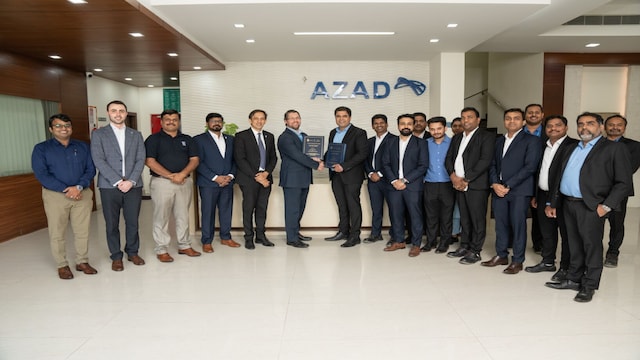

In a significant boost to India’s aerospace manufacturing sector, Hyderabad-based Azad Engineering Ltd announced on Wednesday that it has entered into a long-term agreement with Rolls-Royce PLC, London. This partnership will see Azad Engineering producing critical components for civil aircraft engines, further solidifying India’s role in the global aerospace supply chain.
According to a regulatory filing by Azad Engineering, the agreement commits the company to “produce CIVIL AIRCRAFT ENGINE components in AZAD, India to supply on a long-term basis super critical complex machined parts for a period of life of the Engine Program.” This deal underscores the trust placed by Rolls-Royce in Azad Engineering’s capabilities to meet the stringent requirements of aerospace manufacturing.
Continue readingSOURCE: RAUNAK KUNDE / NEWS BEAT / IDRW.ORG


In a significant move that could reshape India’s aerospace and defense landscape, Russia has officially extended an offer to India for the supply of its advanced Su-57 fifth-generation fighter jets. This proposal comes directly from Rosoboronexport, Russia’s state intermediary for defense exports, with CEO Alexander Mikheev detailing the comprehensive nature of the offer.
According to Alexander Mikheev, Rosoboronexport is not just offering the delivery of the Su-57E, the export variant of the Su-57, but is also keen on fostering a deeper technological partnership. “Rosoboronexport offers comprehensive development of cooperation on the Su-57E project. Our proposals include the supply of finished aircraft, the organization of their joint production in India, and assistance in the development of an Indian fifth-generation fighter,” Mikheev stated. This multifaceted offer aims at not only enhancing India’s military capabilities but also boosting its indigenous defense manufacturing through technology transfer and joint production.
Continue readingSOURCE: RAUNAK KUNDE / NEWS BEAT / IDRW.ORG


The Defence Research and Development Organisation (DRDO) is set to establish a new production facility for the STFE engine (Small Turbomachinery Fan Engine), a critical component used in the Indigenous Technology Cruise Missile (ITCM). The proposed facility will be constructed on DRDO-owned land near the Bangalore Aeronautical Technology Laboratory (BATL) complex at Thiruvananthapuram, Kerala.
The new facility will play a critical role in bolstering the production of the STFE engine, which is essential for the high-speed and precision capabilities of the ITCM. It will also contribute to reducing dependence on Russian suppliers for key components of India’s missile systems.
Continue readingSOURCE: RAUNAK KUNDE / NEWS BEAT / IDRW.ORG


Hindustan Aeronautics Limited (HAL) has confirmed that it is working on an advanced High Altitude Long Endurance (HALE) class of Unmanned Combat Aerial Vehicles (UCAVs) designed to perform a wide range of missions, including Intelligence, Surveillance, and Reconnaissance (ISR), in the same class as the renowned Predator C Avenger. The new UCAV, still under development, is set to offer a combination of stealth design, high speed, and survivability, making it a formidable platform in high-threat environments.
With its ability to operate at higher speeds and altitudes than current UAV platforms, this HALE class UCAV will significantly enhance India’s capabilities in quick-response armed reconnaissance. The platform is expected to be a multi-mission, long-endurance, medium-to-high-altitude Remotely Piloted Aircraft (RPA) system, capable of performing wide-area surveillance, time-sensitive strike missions over both land and sea, as well as numerous other challenging military or civilian operations.
Continue readingSOURCE: AFI
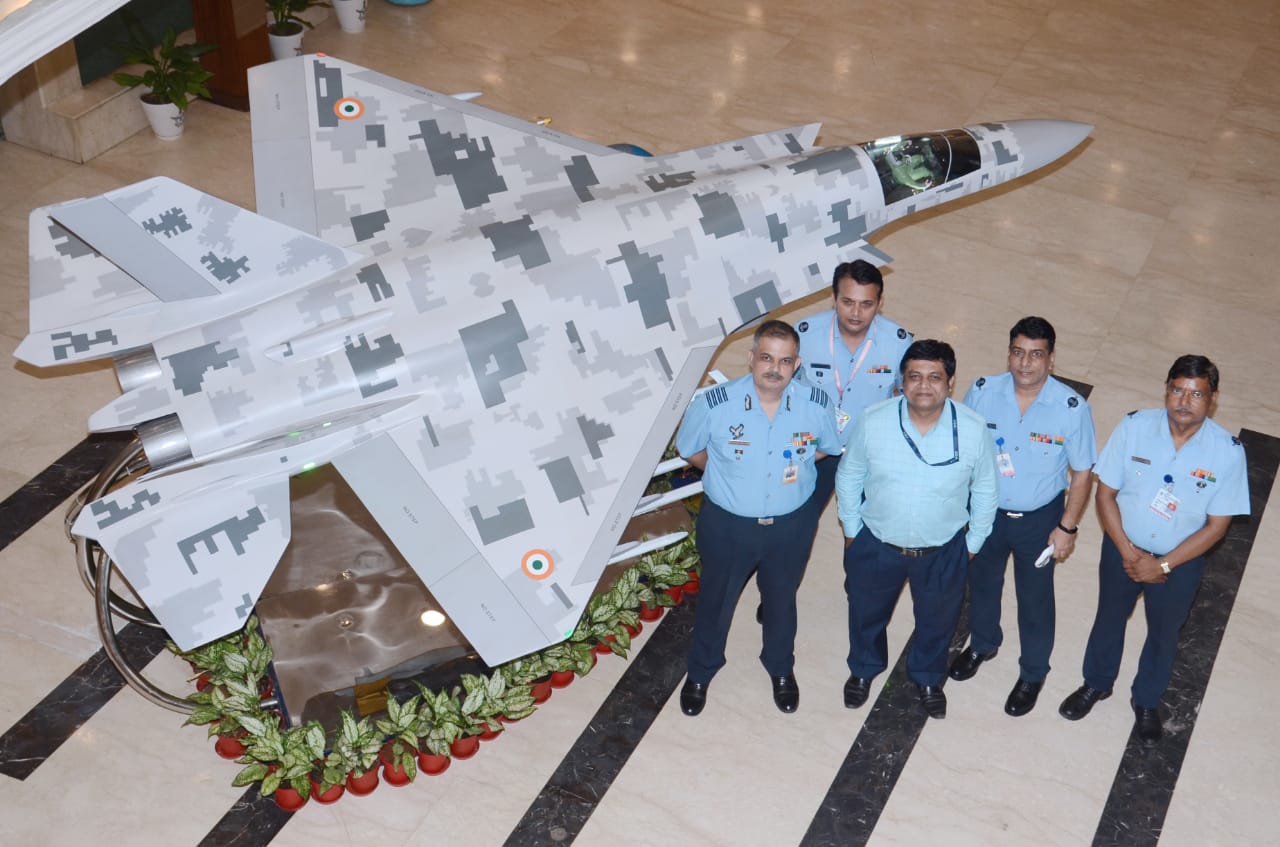

In a landmark moment for India’s indigenous fighter jet program, the Aeronautical Development Agency (ADA) is set to unveil a 1:1 scale model of the Advanced Medium Combat Aircraft (AMCA) at Aero India 2025. This unveiling marks a significant milestone as it confirms the completion of the aircraft’s design phase and the clearance of the Critical Design Review (CDR) by the Indian Air Force (IAF), propelling the program towards its next critical phases.
The AMCA, envisioned as a fifth-generation stealth fighter, is poised to significantly enhance India’s aerial combat capabilities. The unveiling of the full-scale model at one of Asia’s largest air shows not only showcases the progress of the AMCA project but also signals to the world that India is advancing rapidly in aerospace technology and design.
Continue reading